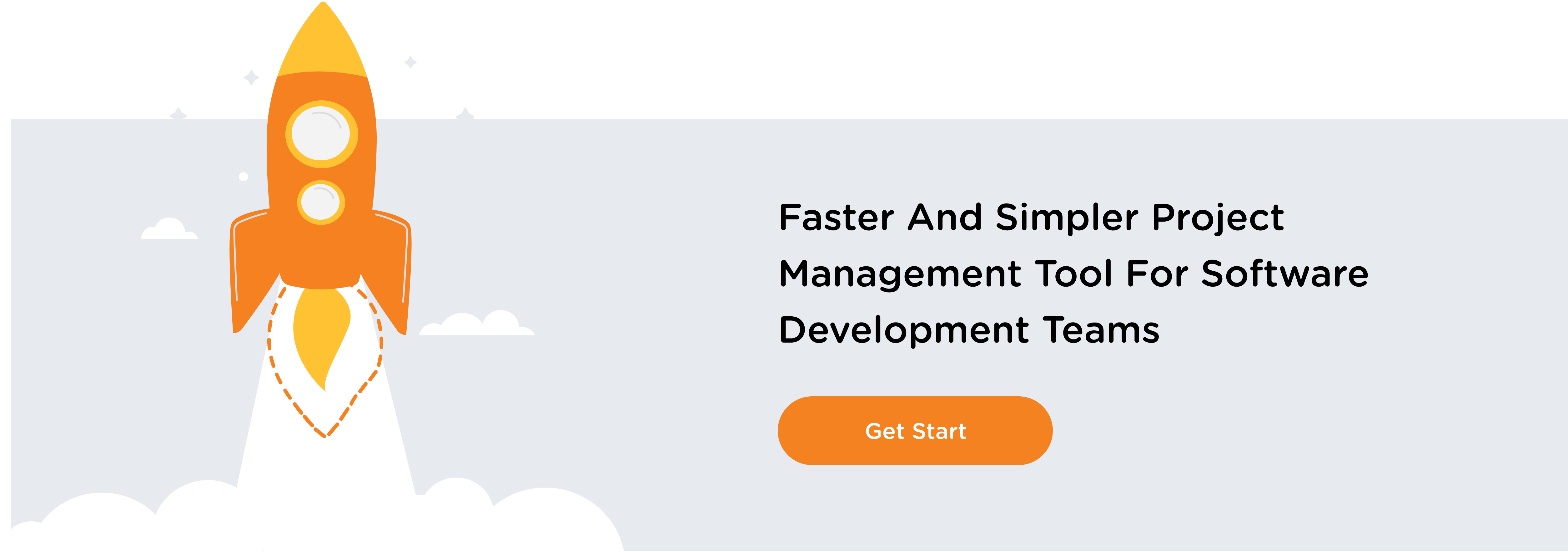As a manager, do you regularly run sprint retrospectives? If you’re skipping this final part of the sprint process, you may be missing out on ways to improve how your team approaches pull requests, code reviews, and more.
Doing regular retrospectives is a common practice for some high-functioning teams. It gives them perspective on the sprint and allows them to seek out ways to continuously improve the code and each developer’s knowledge base, commits, notes, pull requests, and more.
It’s also an excellent opportunity to look at the underlying patterns of your team’s work and to flag items for further consideration. For example, going back and doing a sprint retrospective may reveal who on your team is a code hoarder or if you have knowledge silos happening among certain team members.
What You Can Get Our of a Retrospective
As a manager, a sprint retrospective can help you:
- Reflect on sprint goals (and results)
- Go over what happened (and why)
- Use data to get an understanding of your team’s progress
- Plan for the next sprint
Retrospectives allow you to not just look at what was built. They allow you to check under the hood and develop a broader understanding of how everything came together and let you as a manager analyze the good and the bad after a completed goal.
The idea is to look for trends, understand why they happened, and build a plan for further nurturing good developer habits and nipping in the bud any issues you’re able to now see (with a clear head and strong data).
Why Having Data Matters
Being able to look at your data allows you to put a finger on certain habits of developers. These can be both good and bad, and both should be discussed. However, especially with “bad” habits, it’s crucial for developers to see how their approaches can be objectively problematic and will give you a clever picture of how to deal with them.
For example, if you’ve noticed a particular developer sticks to one area of code, it might be helpful to move them off of a specific area and expand their horizons. Or, if you have someone approving their own pull requests, you can put a policy in place to put an end to those habits while clarifying why reviewing one’s own code may bring down the quality of the code or the project as a whole.
You can also look into scope creep. Did it happen, and if so, were there outside influences at play? Were the sprint goals met, and, if not, why not?
All of these questions are likely to be answered in the data. You can easily share it either with the team as a whole, or, for more sensitive matters, during one-on-ones.
What to Do if You Are a Manager of Managers
If you are managing other managers, sprint retrospectives are even more critical. They allow you to get a bird’s eye view of how the project went and show areas where the managers you are managing can tweak certain areas to optimize sprints in the future. The retrospectives can reveal work patterns there are working (or not), and you can work with your managers to develop a plan to make the next sprint even more successful. By sharing your insights and showing them exactly what to look for as well, you’ll be empowering your managers to start looking for early warning signs during the sprint itself so that they can right the ship as necessary throughout the process instead of waiting for a report card at the end.
Be Sure to Deal with Outside Forces
Whether you are a direct manager of a sprint or a manager of managers, you can do your part to make sure your developers don’t get burnt out by shielding them from scope creep and unnecessary distractions. Use your sprint retrospective to discover if third-party involvement hinders the process at any level. When outside forces are involved, it’s your job as a manager to do what you can to be the gatekeeper of the overall sprint.
Conclusion
Sprint retrospectives are a great way to watch out for detrimental work patterns and celebrate healthy optimizable work habits. Use it to spot bottlenecks (so you can avoid them in the next sprint) and recognize achievements that can be fostered and encouraged.
Let us help you integrate Git with Jira. Check out all of our great highly-rated plugins for Bitbucket, GitHub, Gitlab (and more) available now on the Atlassian marketplace.
Want more Bitband insights? Check out:






